By Bryan Hilliard
The Barbary Coast of North Africa was named after the Berbers, the nomadic people who inhabited the region west of the Nile Valley in north Africa. Called the Amazigh or Imazighen in antiquity (meaning “free humans” or “free men”), they are among the oldest inhabitants of North Africa. Their rich mythology endured for thousands of years, eventually coming to influence the religious beliefs of the ancient Egyptians.
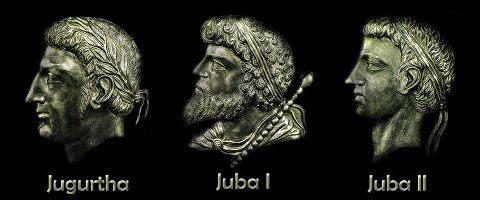
The history of the Berber people in northern Africa is extensive and diverse. The Berbers are a large group of non-Arabic tribes, related by language and culture, inhabiting areas stretching from Egypt to the Canary Islands as well as regions south of the Sahara such as Niger and Mali. Archaeologists have traced their origins to the Caspian culture, a North African civilization that dates back more than 10,000 years. Berber-speaking people have lived in North Africa since the earliest times and are first referenced by the Egyptians in 3,000 BC under the name Temehu. Phoenician, Greeks and Roman texts also make reference to them. Since prehistoric times, Berber lands have been a crossroad of peoples from Africa, Europe, and the Middle East. The Carthaginians, Romans, Vandals, Byzantines, Arabs, Turks, Spaniards, French, and Italians have invaded and ruled portions of the Berber homeland. The Berbers have never experienced a unified political identity. There have been many Berber kingdoms and cultures existing alongside one another in various regions of North Africa and Spain, but never a unified “Berber empire”. Throughout the centuries, Berbers have mixed with many ethnic groups, including Arabs, and because of this, they have come to be identified more by linguistics instead race. Their language is one of the oldest in the world and belongs to the African branch of the Afro-Asian language family, along with ancient Egyptian.
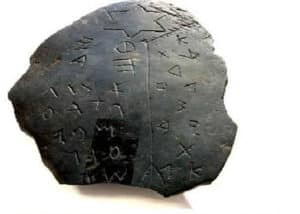
Although never formalized beyond local cults, the Berbers had a rich mythology and belief system structured around a pantheon of gods. Many of their beliefs were developed locally while some were imported or later influenced by contact with other African mythologies, such as the Egyptian religion along with Phoenician mythology, Judaism, Iberian mythology, and the Hellenistic religion during antiquity. The most recent influence came from Arab mythology, when the Berbers were converted to Islam during the ninth century. Today, some of the traditional, ancient, pagan Berber beliefs still exist within the culture and tradition, especially in Algeria, where older cults survive to varying extents.
Many prehistoric peoples considered rocks to be holy, including the Berbers. Second century Latin writer Apuleius, along with Saint Augustine, bishop of the Hippo Regius (ancient name of the modern city of Annaba, in Algeria), both remarked on rock-worship among North Africans. The Greek historian Herodotus wrote of their sacrifices:
They begin with the ear of the victim, which they cut off and throw over their house: this done, they kill the animal by twisting the neck. They sacrifice to the Sun and Moon, but not to any other god.
The megalithic culture may have been part of a cult of the dead or of star-worship. The best known rock monument in Northwest Africa is Mzora (or Msoura). It is composed of a circle of megaliths surrounding a tumulus. The highest megalith is longer than 5 meters (16 feet). According to legend, it is the resting place of the mythic Berber king Antaeus. Another megalithic monument was discovered in 1926, south of Casablanca and was engraved with funerary inscriptions in the Libyco-Berber script known as Tifinagh.
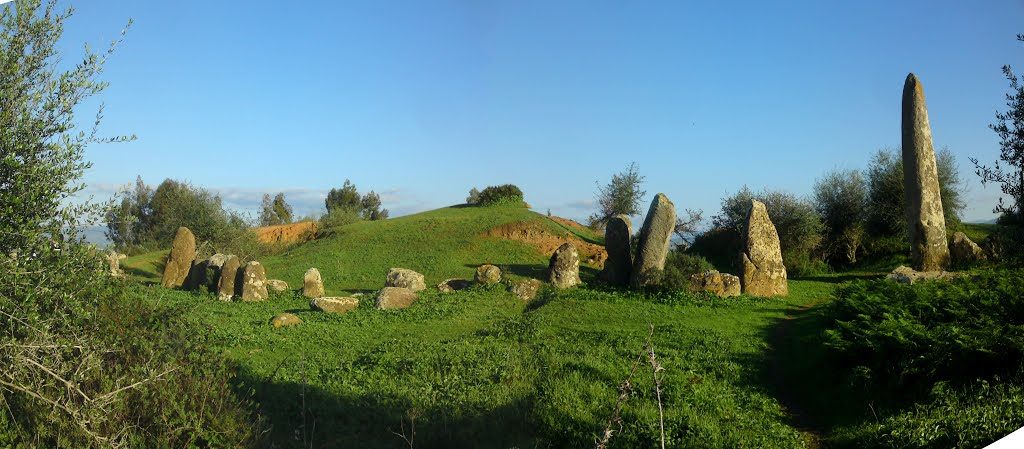
The tombs of the early Berbers and their ancestors (the Caspian’s and Ibero-Mauresians) indicate that they believed in the afterlife. The prehistoric men of the region of northwest Africa buried their bodies in the ground. Later, they buried the dead in caves, tumuli (burial mounds), and tombs cut into rock. These tombs evolved from primitive structures to more elaborate ones, such as the pyramidal tombs that spread throughout North Africa. The best known Berber pyramids are the 19 meter (62 ft) pre-Roman Numidian pyramid of Medracen and the 30-meter (98 ft) ancient Mauritanian pyramid located in modern-day Algeria.
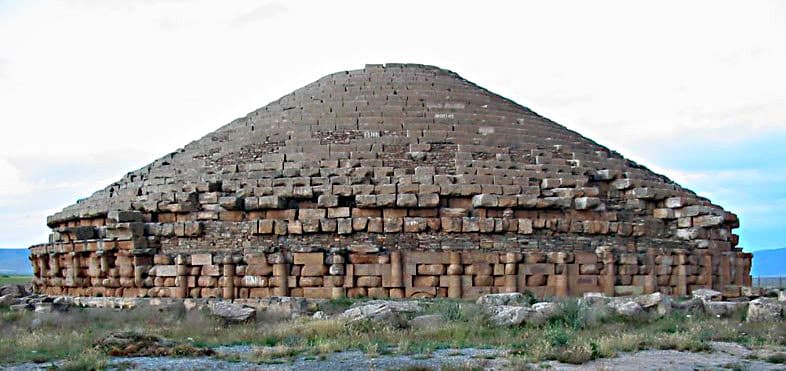
Among ancient Berber and Egyptian mythology there are similar, overlapping deities. The Berbers were neighbors of the Egyptians, originally inhabiting the lands of Libya for thousands of years, before the beginning of human records in Ancient Egypt. It is thought that some Ancient Egyptians deities, such as Isis and Set, were originally worshipped by the Berbers. Osiris was one of the Egyptian deities’ paid homage to in Libya. Some scholars believe Osiris was originally a Libyan god. Berbers supposedly did not eat the swine’s flesh, because it was associated with Set, and they did not eat the cow’s flesh, because it was associated with Isis. This was reported by Herodotus: Cow’s flesh, however, none of these [Libyan] tribes ever taste, but abstain from it for the same reason as the Egyptians, neither do they any of them breed swine. Even at Cyrene, the women think it wrong to eat the flesh of the cow, honoring in this Isis, the Egyptian goddess, whom they worship both with fasts and festivals. The Barcaean women abstain, not from cow’s flesh only, but also from the flesh of swine Another one of their deities the Egyptians considered to have a Libyan origin, was Neith who is said to have emigrated from Libya to establish her temple at Sais in the Nile Delta. Some legends tell that Neith was born around Lake Tritons or modern Tunisia. It is notable that some Egyptian deities were depicted with Berber (ancient Libyan) characters, such as “Ament” who was depicted with two feathers, which were the normal ornaments of the Ancient Libyans as shown by the Ancient Egyptians.
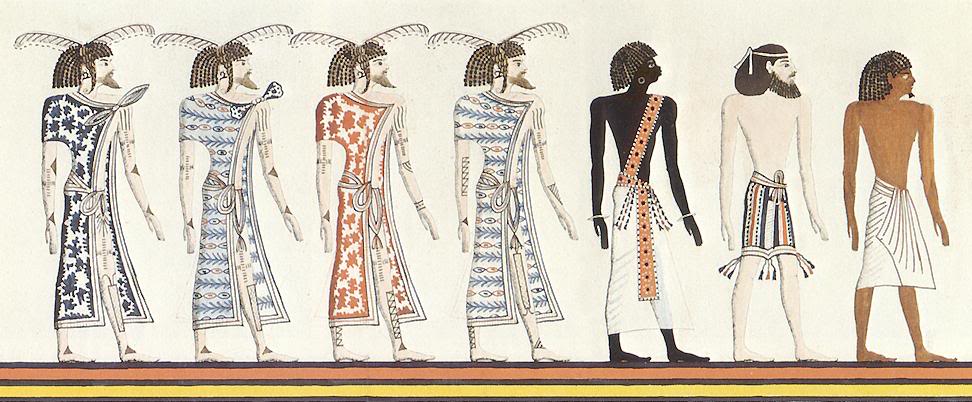
The most remarkable common god between Egyptian and Berber culture was Amon. King of the gods and god of the wind, he was adopted by the Ancient Egyptians as Amen-Ra, by the Greeks as Zeus-Amon, and by the Phoenicians as Baal-Amon. Represented in human form, sometimes with a ram’s head, early depictions of rams have been found across North Africa dating to 9600 BC and 7500 BC. The most famous temple of Ammon in Ancient Libya was the augural temple at Siwa in Egypt, an oasis still inhabited by the Berbers. Although most modern sources ignore the existence of Ammon in Berber mythology, he was honored by the Ancient Greeks in Cyrenaica, and was united with the Phoenician god Baal due to Libyan influence.
Source: www.ancient-origins.net




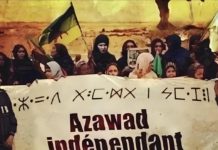












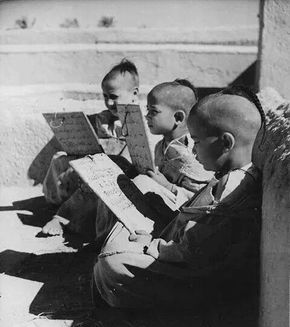
As a part-Amazighen person trying to connect with “pure” Amazigh identity, aside from outside invasions and influences, I find it embarrassing and confusing to read the so-called “information” online. I notice that many online sites copy information from each other, so obviously they don’t know if their statements are authentic. To make “factual” statements about animal sacrifice/violence and “rock worship, among other descriptions of barbary/ berbery, without evidence, is incorrect. That is like saying that Stonehenge was “rock worship”, but we never hear that being stated. There are many more examples of incomplete and/or incorrect information being posted online. There is also an argument that Amazigh are “white” European, but how can that be when the actual line of Amazigh DNA is proven to be one of the most ancient and unique types of DNA in existence? It is older and different than any European DNA. North African Indigenous people have had their true original identity taken away by so much of what has happened in history – let’s find out the truth, not copy each other’s statements off the internet. And let’s try to restore our true identity, to try to sort it out from all the other intrusions – then we can know our roots, reclaim the beauties and gifts our ancestors created and developed, and heal and evolve forward as true Amazighen culture and identity, as unique and resilient as our ancient mtDNA, with value to offer the world and the future generations.
Since your comment was posted 5 years ago this may not reach you but I’m giving it a try. Your response to “experts” regurgitation misinformation is also appropriate when applied to study of the Pueblo and Hopi Indians of South West United States. I have been an arm chair student of the Anasazi “Indians” or over 30 years now and after reading actual Hopi accounts do not agree with 90% of anthropologist conclusions.
I mention this because I believe in the 400’s AD a Tunisian/Matmata and Amazigh set of refugees driven out by the Vandals settled in “Hopi” land. If interested in this please email me for details
Sorry I meant Visigoths not Vandals on my previous comment
I’m Not the OP but i would love the information I am also in the process of rekindling heritage in the Amazigh tribes, ive traced my line to the canary tribes but i would love all the information i can get on any of them 🙂